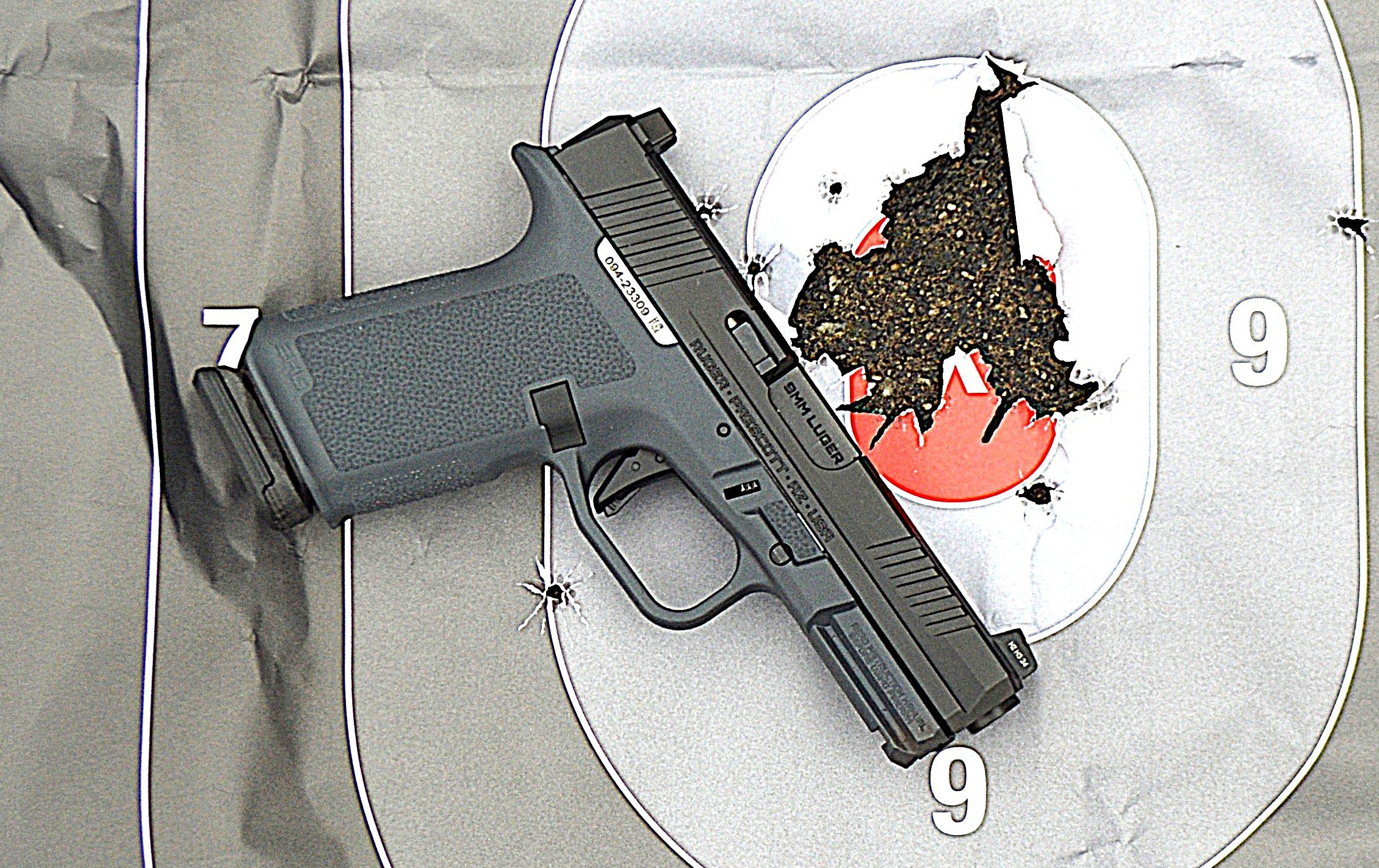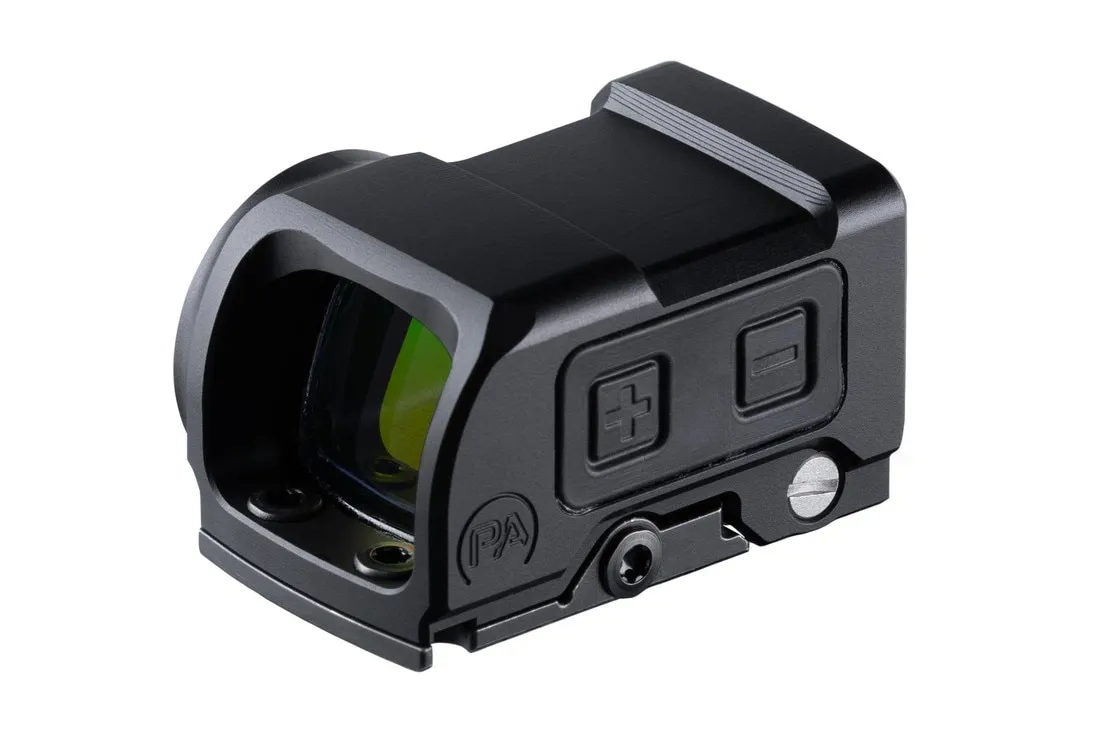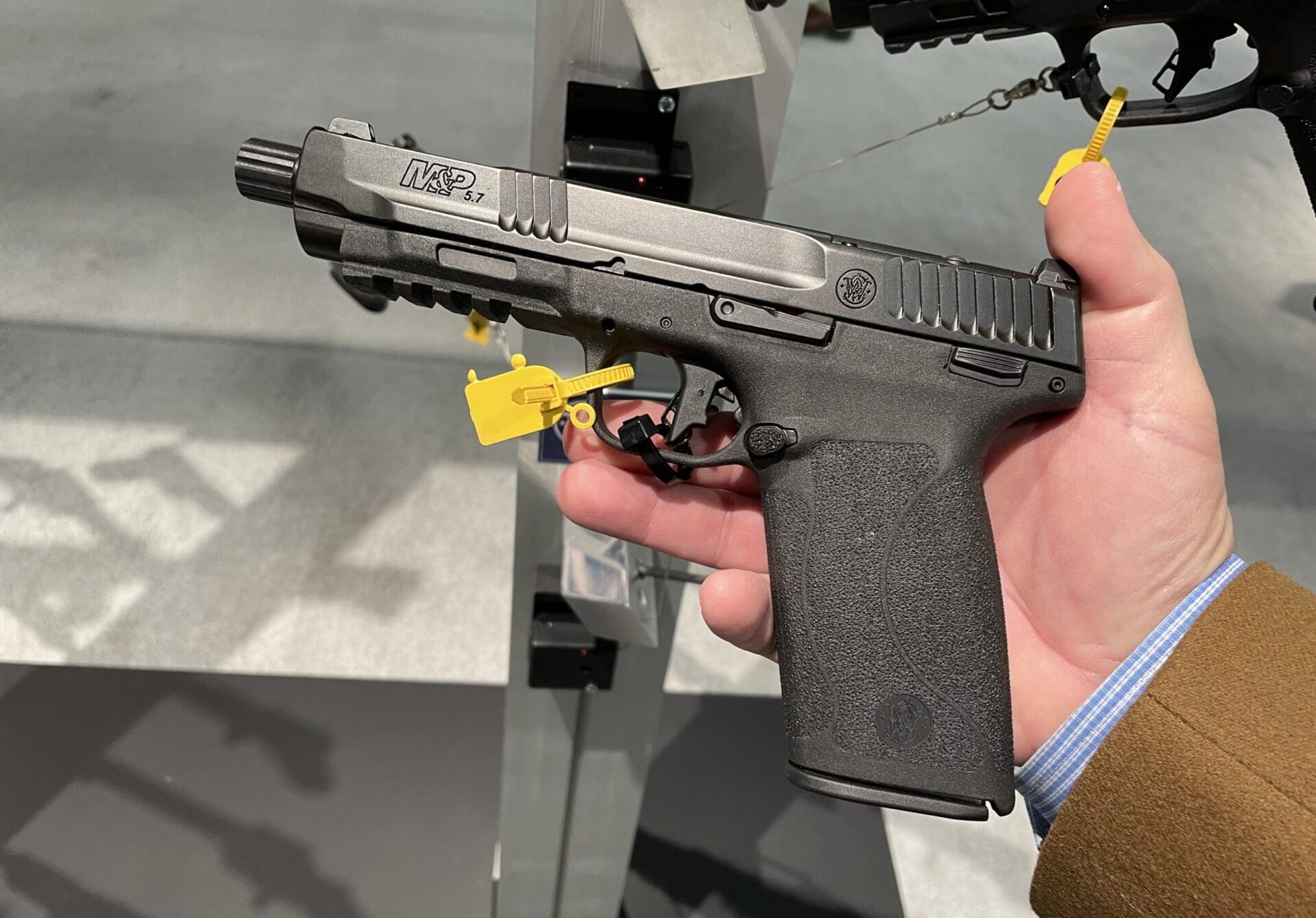
Most anti-gun types automatically assume that a non-law enforcement or military gun owner has limited skills. It’s the “civilians shouldn’t be trusted with a gun” argument. In a way, they are (kind of) not too far off the beam. The worst kind of self defense comes when you have a gun and don’t know how to use it, or use it badly. Pandemonium (or worse) ensues. So if you own a gun and expect to use it for self defense, you should learn how to use it effectively—if only to protect and justify your right to carry it.
Truth to tell, there’s a lot more to using a gun effectively than simply loading, aiming and firing. But that’s not a bad way to start, simply because if you can’t hit the side of a barn (presuming that’s where you’re aiming), then you need to hie thee to a friendly neighborhood gun range and get in some reps, punching holes in pieces of paper with targets printed on them.
So let’s assume you buy the argument that the best way to acquire/maintain a useful skill set is to get in some range time. So now what?
Well, first you need to find a safe, legal place to practice. Practice can take many forms, some more effective (and expensive) than others. To wit:
- Dry fire practice with a dummy gun or a gun that is ABSOLUTELY, POSITIVELY UNLOADED.
- Practice in your basement, garage, rec room, or backyard with an Airsoft gun.
- Practice with a paintball gun on a paintball course.
- Visits to a local range, shooting 22LR rounds.
- Visits to your range, shooting practice ammo in your own bedside/conceal carry/or general self-defense firearm.
- Practice at a range within an organized, sanctioned IDPA or IPSEC group, where you’ll shoot at moving targets, or move while you shoot.
- Some combination of the above techniques.
Obviously, any practice is better than no practice at all. And you’ll likely find that your hand-eye coordination with your actual weapon improves, even if you’re shooting an Airsoft, paintball or 22LR practice gun. Just as obviously, you’ll likely learn that there’s nothing quite like shooting your “real” weapon with real ammo.
If you are ever (God forbid) in a situation where you have to defend yourself, you’ll likely find that practice ain’t nothin’ like the real thing. So what’s a conscientious gun owner to do? It depends on your situation, location, discretionary income and dedication. But for the record, here’s what I’d recommend.
- Find some way to fire at least 50 rounds per month, minimum. Could be practice ammo in your pistol. Could be 22LR rounds from a rifle. Maybe Airsoft. Maybe paintballs. But it’s gotta be at least 50 rounds, and you have to shoot for accuracy.
- Practice at a variety of distances – 7 feet, 20 feet, 35 feet, and 50 feet. I wouldn’t worry about farther away (not really practical unless you’re shooting with a rifle) and I wouldn’t worry about closer (you’ll be more worried about being disarmed or shot/stabbed/clubbed by your assailant. Plus, if you can’t hit something at point blank range, you kinda deserve whatever you get.
- If you can shoot more – do it. Nothing helps more than shooting at a lot of targets.
- Buy peel and stick, hi-viz targets. Use ’em. They are a great way to help see where your shots are going.
- Use the included pasters to make the peel n’ stick targets last longer.
- Start with shooting slowly, and concentrate on target acquisition in your sights, and then accuracy on target. Don’t worry about speed. It will come.
- When you can get better than 8″ centers on target, start practicing double-tapping. This will help you gain control over recoil and reacquiring your targets.
- Invest in a 22LR pistol – or if you have a gun that will accept a modification that allows you to chamber .22LR, buy it. .22LR rimfire ammo is cheap and surprisingly plentiful.
- If money is an issue (and for most of us, it is), shoot 50 to 100 rounds of .22LR, then empty one magazine of your regular weapon’s caliber into the target. You’ll get in your reps for cheap, but still be used to the feel, recoil, and ergonomics of your main weapon.
- Reserve your JHP ammo for the bad guys. Invest in practice ammo – full metal jacket or wad-cutters. Consider reloads or cheaper ammo. Remember, though, that “cheap” usually means “dirty,” when it comes to ammo. Clean your guns early and often.
- Get involved in IDPA or IPSEC, so you can gain experience shooting at multiple targets, moving targets, and shooting while on the move, behind cover, reloading, et cetera. This is the best kind of real-world experience you can get.
- Even if all you can afford in time/money is to dry fire, do it. You’re gun is no good to you if you forget how to take it off safety and fire it.
Remember, the most important thing to remember is that practice makes perfect. And if/when you find yourself in a life-or-death situation, you want to be able to draw on all the practice you can manage.








What about the cucumber sandwiches?
I purchased a new 10-22 carbine recently. I’ve used firearms my entire life. I’m 65 years old and am a qualified expert marksman with handguns (.38 cal.) and rifles (M-1, M-2, and M-16). It has been a number of years since I’ve actually fired any of my rifles. I want to use the best .22LR amunition possible. I’m familiar with Remington, Winchester, and CCI. As a teenager I would purchase bricks of .22LR ammo containing 500 rounds. I fired Remington Nylon 66 .22LR and probably fired over 60,000 rounds. I also used another Remington and probably fired ove 20,000 rounds through it.
With this new Ruger 10-22 I want to use the best available ammo. What brand would you recommend?